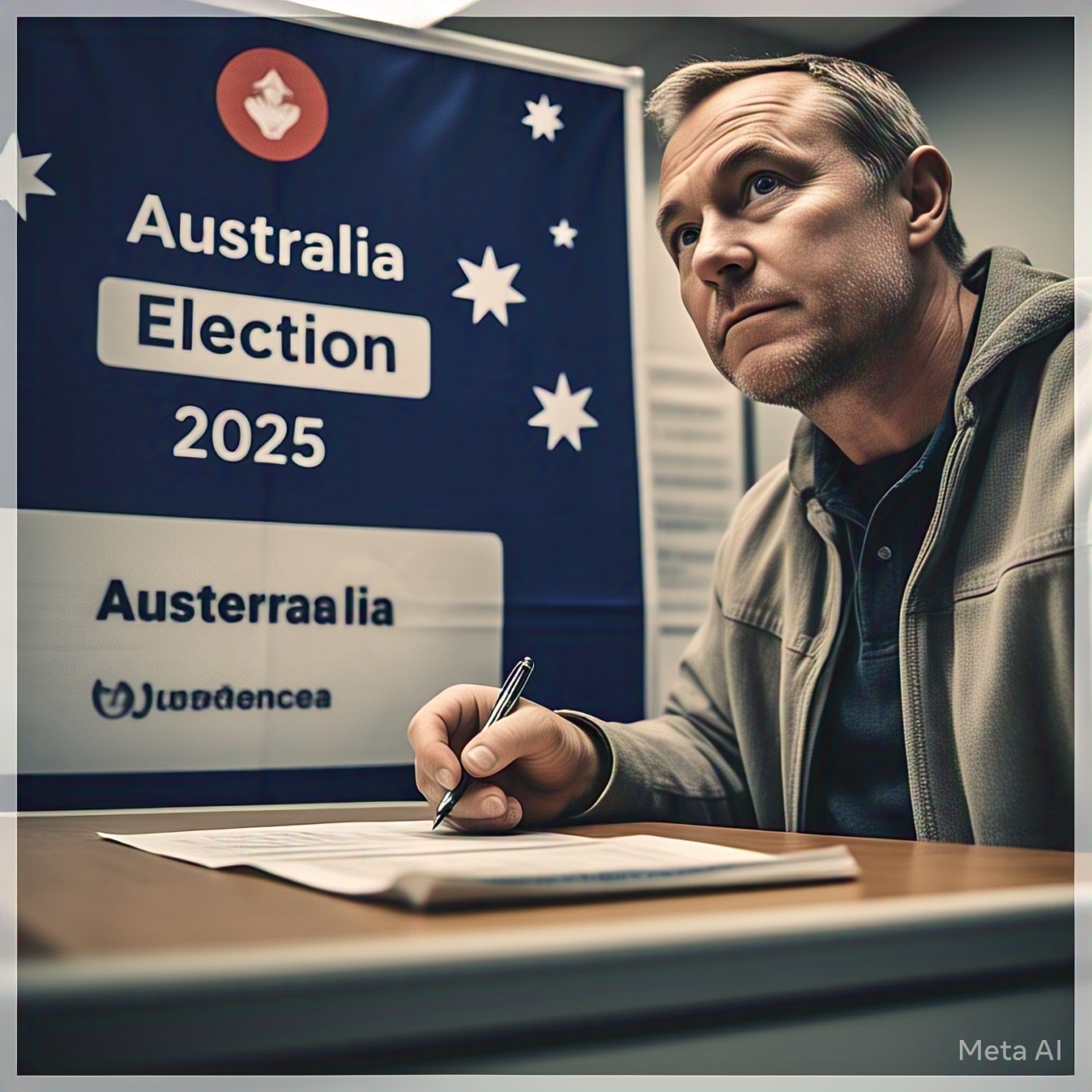Australia’s political landscape is dynamic and multifaceted, shaped by its unique electoral systems, evolving party dynamics, and pressing national issues. As the nation approaches the federal election on May 3, 2025, understanding these elements is crucial for comprehending the current political climate.
Electoral Framework
Australia employs a distinctive electoral system that combines compulsory voting, preferential voting, and proportional representation.
Compulsory voting, introduced federally in 1924, ensures high voter turnout by mandating that eligible citizens participate in elections.
The House of Representatives utilizes preferential voting, allowing voters to rank candidates in order of preference, ensuring that elected representatives have majority support.
The Senate employs proportional representation, facilitating a more equitable reflection of votes in the allocation of seats. These systems are administered by the independent Australian Electoral Commission, ensuring transparency and fairness.
Shifts in Political Dynamics
Recent years have witnessed a decline in the dominance of major parties, with increasing support for independents and minor parties. In the 2022 federal election, the combined primary vote for the Australian Labor Party (ALP) and the Liberal-National Coalition fell to 68.3%, the lowest since 1910.
This trend continued in subsequent state and territory elections, indicating a reshaping of the political landscape.
Factors contributing to this shift include voter dissatisfaction with traditional party policies and a desire for more localized representation.
Key Issues in the 2025 Election
As Australians prepare to vote, several critical issues dominate the political discourse.
Economic Challenges and Cost of Living
Surging inflation, which peaked at 7.8% in 2023, and rising interest rates have intensified cost-of-living pressures. Housing shortages and increased rents further exacerbate financial strains on citizens.
Energy Policy and Climate Goals
Both major parties commit to achieving net-zero emissions by 2050 but propose differing strategies. The Coalition advocates for nuclear energy, while Labor emphasizes renewable energy sources, aiming for 82% renewable energy in the grid by 2030..
Foreign Relations, Particularly with China:
Diplomatic tensions have impacted trade relations with China. The Labor government has worked to thaw relations, whereas the Coalition promotes a more assertive stance, emphasizing regional stability and national security.
Party Platforms and Leadership Approaches
Prime Minister Anthony Albanese, seeking re-election, is recognized for his pragmatism and commitment to social justice, influenced by his upbringing in public housing.
His government has strengthened ties with the United States through the AUKUS partnership and re-engaged in dialogue with China, resulting in lifted trade boycotts. Albanese’s policies focus on healthcare improvements, wage increases, and household relief measures.
Opposition leader Peter Dutton centers his campaign on economic management, pledging financial support and advocating for nuclear energy to address the energy crisis. He critiques Labor’s economic strategies, attributing current financial strains to government mismanagement.
Dutton’s challenge lies in balancing conservative values without alienating centrist voters, especially given the influence of international political dynamics.
Emergence of Independents and Minor Parties
The rise of independents and minor parties continues to influence Australian politics significantly.
The 2022 election saw a notable increase in cross bench representation, with independents and Greens securing additional seats.
This trend reflects growing voter desire for alternatives to traditional party offerings and has led to more negotiated governance approaches.
Australia’s political environment is characterized by its robust democratic institutions and an evolving electorate seeking responsive and diverse representation.
The 2025 federal election serves as a pivotal moment for the nation to address pressing economic, environmental, and international challenges, with outcomes that will shape Australia’s trajectory in the years to come.
 Top Trends Blogs
Top Trends Blogs




